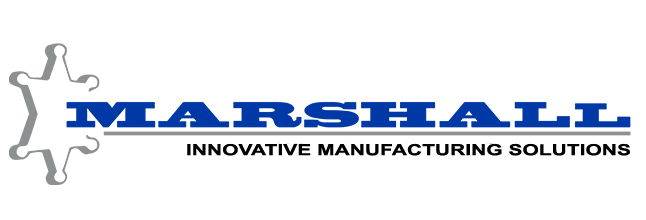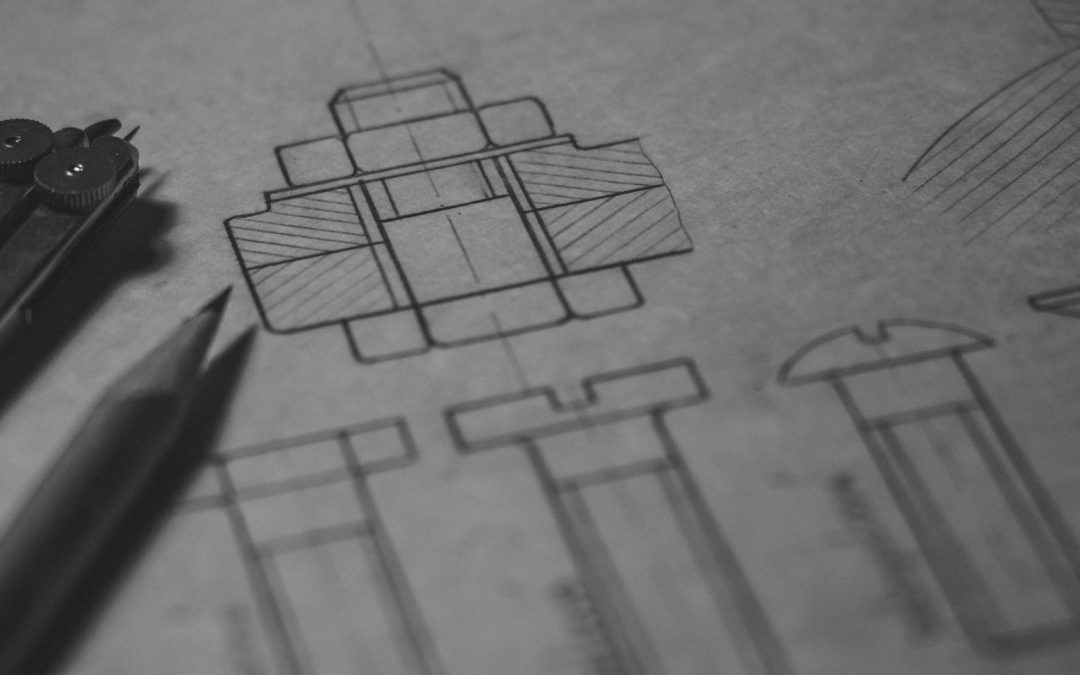Computer numerically controlled (CNC) machining is a powerful, high-precision solution for today’s manufacturers. This technology uses advanced electro-mechanical devices to manipulate tools across a number of axes—based on instructions from a computer program. Engineers can leverage CNC machining to generate extremely accurate physical parts from computer design files—unlocking superior performance and dependability in manufactured components.
If your enterprise wants to take advantage of CNC machining to design new products, it’s essential to understand its rules and best design practices first. And that’s where Marshall Manufacturing Company can help. For over a decade, we’ve leveraged our unique CNC machining capabilities to create precise, cost-effective solutions for our medical customers. Today, we’ll walk through a simple guide to product design for CNC machining to ensure the solutions you develop meet and exceed expectations.
Principles & Restrictions
Let’s start with the core principles and restrictions of CNC machining.:
Overview
At its core, CNC uses precise cutting tools to produce parts from a solid block of material. The design of each produced part is based on a highly accurate CAD model, which is perfectly replicated by the CNC machine at high speeds.
Advantages
CNC machines can cut parts from a wide variety of metals and plastics, delivering exceptional dimensional accuracy and tight tolerances across the board. Thanks to its cost-efficiency and speed, CNC machining is ideal for medium- to high-volume production of products—as well as prototyping new components.
Restrictions
Despite its versatility, CNC machining does feature several restrictions—including size limitations. Every CNC machine has a finite range of access, making parts with incompatible dimensions and features impossible to produce. This can make crafting parts with substantial width-to-depth ratios difficult.
Tool geometry is another key restriction of CNC machining. Because most CNC cutting tools have a limited length and a cylindrical shape, they can restrict the potential geometry of machined parts. Keep these limitations in mind when designing your products for CNC machining. This precaution will ensure that the solutions you craft can be manufactured practically and without major revisions.
CNC Design Rules & Best Practices
1. Material Selection
As we mentioned above, CNC machining is compatible with a wide range of metals and plastics. This grants designers more flexibility in choosing materials based on the required hardness, heat treatability, chemical resistance and other aspects of their products.
Bear in mind that certain materials are more efficient for CNC machining than others. For example, parts made from plastics and softer metals (like aluminum) take less time to produce via CNC machining, which may reduce overall production costs. In contrast, strong metals like stainless or carbon steel can significantly reduce machine feed rates. (According to the experts at MachineDesign, aluminum machines up to eight times faster than stainless steel.)
When possible, consider using softer, less expensive materials when designing your CNC-machined products. This will help mitigate initial material expenses—while improving manufacturing times overall.
2. Tolerances
Tolerances for CNC machining can vary dramatically based on your part’s features, materials and intended function. Most CNC machining partners will provide general tolerances for component dimensions, wall thickness and surface treatments—and many allow customers to request custom part tolerances within a certain range.
It’s important to remember that tight tolerances will often increase the costs of CNC machining, as well as the time parts take to produce. As a result, most CNC experts recommend only applying tight tolerances to parts when absolutely essential. When designing your own product, give careful consideration to how tolerance can affect cost-efficiency.
3. Level of Complexity
More complex parts require more setup and time to process via CNC machining, resulting in additional costs. Savvy manufacturers will take their time in the design phase to ensure their parts can be cut with as few axes as possible. For example, a part that can be cut with only two axes will be processed much faster—and with the simplest setup—thereby reducing costs without impacting performance.
Of course, some products demand more complex surfaces, making it impossible to design with only two axes cuts in mind. Thankfully, designers can still migitage costs on complicated parts by prioritizing consistency. Minimizing the number of unique shapes and holes in parts will reduce the number of tool changes required—driving more efficient production in the process.
Marshall: Your CNC Machining Partner
At Marshall, we’ve been assisting our medical customers through world-class CNC machining services for decades. Our capabilities include CNC Swiss Machining, 3D Wire & Tube Bending and CNC Wire EDM. Together, we can design the optimal CNC machining solution for your product development needs.
Interested in learning more about product design for CNC machining and how this technology can make your manufacturing efforts more efficient? Then be sure to connect with Marshall Manufacturing Company today. You can also contact us for more insight on CNC solutions or product design for machining. We’re always happy to help.

